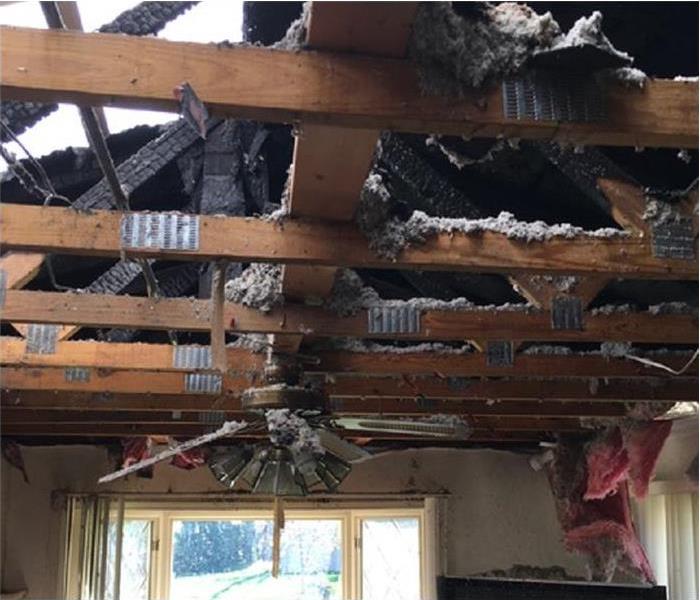How to Optimize Your Building’s Fire Sprinklers
9/4/2018 (Permalink)
As a safety precaution, every commercial building in Bainbridge, OH, should have a fire sprinkler system. Unlike the heating, cooling and electrical systems, your building’s fire suppression unit is not routinely utilized. To keep your system in top shape, you should complete routine maintenance as well as abide by a few important recommendations.
Key Recommendations
Following the following three recommendations will help ensure your sprinklers are unobstructed and capable of performing their fire suppression duty.
- Evaluate Object Height
You should ensure that all objects are at least 18 inches below every sprinkler head. If objects are too close to a head when it engages, water will not distribute evenly, which can adversely affect the system’s extinguishing capacity. - Remove Dirt and Grime
To properly spray water, sprinkler control valves must be able to open when necessary. Over time, dust and grime can coat the valves, especially in kitchens. To optimize your sprinkler system’s valves, you should complete a routine fire sprinkler cleanup and wipe heads with a gentle degreaser.
Because paint can also block the valves and affect the sprinkler’s performance, you should ensure that no one paints the sprinkler heads. - Promptly Repair Damaged Heads
If you detect a broken sprinkler head, you should have it repaired promptly. A damaged head may not properly activate during a fire. At some point, it could also initiate accidently, resulting in unintentional water damage.
Annual Inspections
Annual inspections are crucial for detecting potential problems that could prevent your fire sprinkler system from properly engaging in the event of a fire. A trained technician should complete a thorough inspection that includes the following procedures:
- Examining all heads, pipes and valves
- Assessing for potential internal blockages caused by sludge or rust
- Checking the system’s water pressure
Your technician should also check the external water intake connection caps and ensure none are broken or missing. Damaged or missing caps can allow debris into your system, resulting in a potential blockage.
A Continuous Process
Inspecting your fire sprinkler system should be a routine practice for your business. If a fire erupts, a well-maintained fire suppression unit can help smother flames, minimizing damage and the need for extensive fire cleanup and restoration.






 24/7 Emergency Service
24/7 Emergency Service
